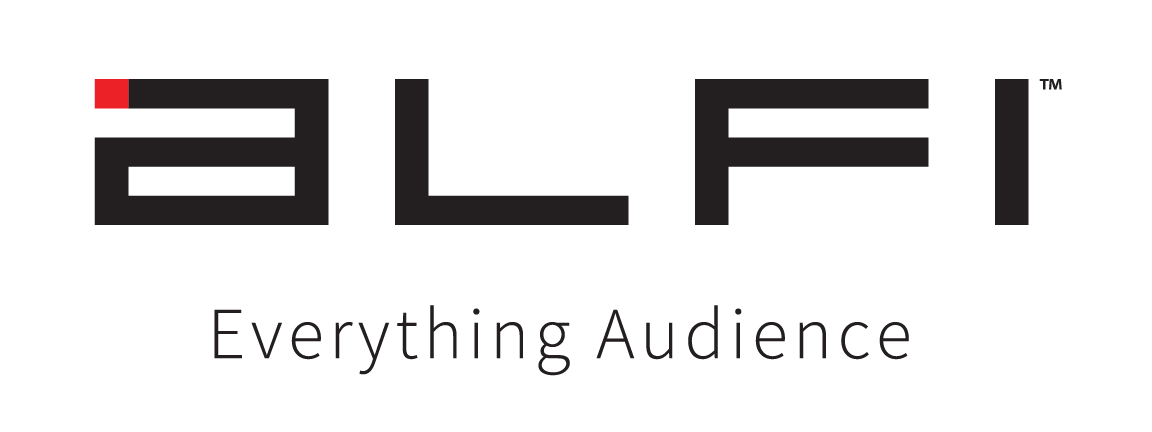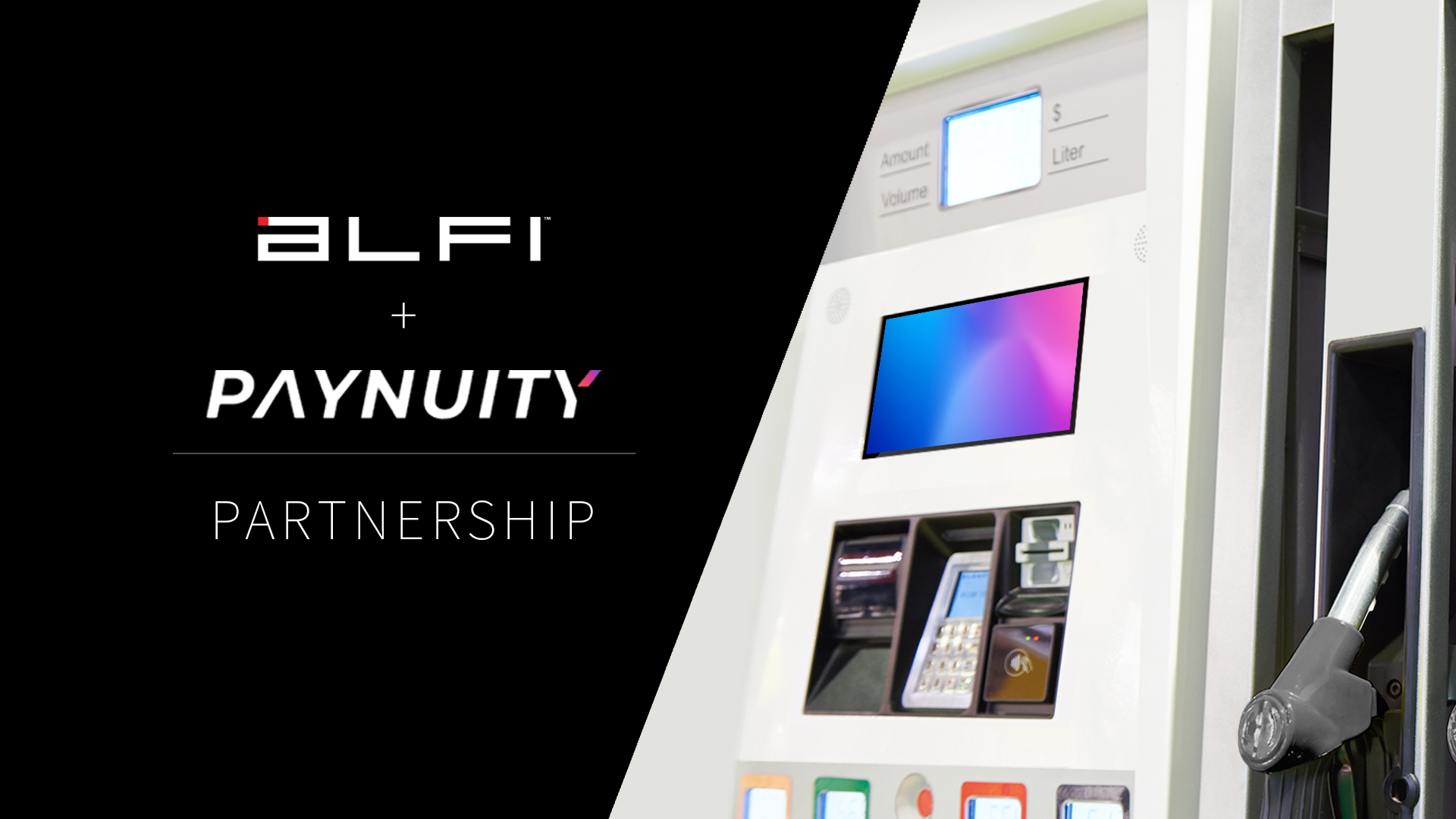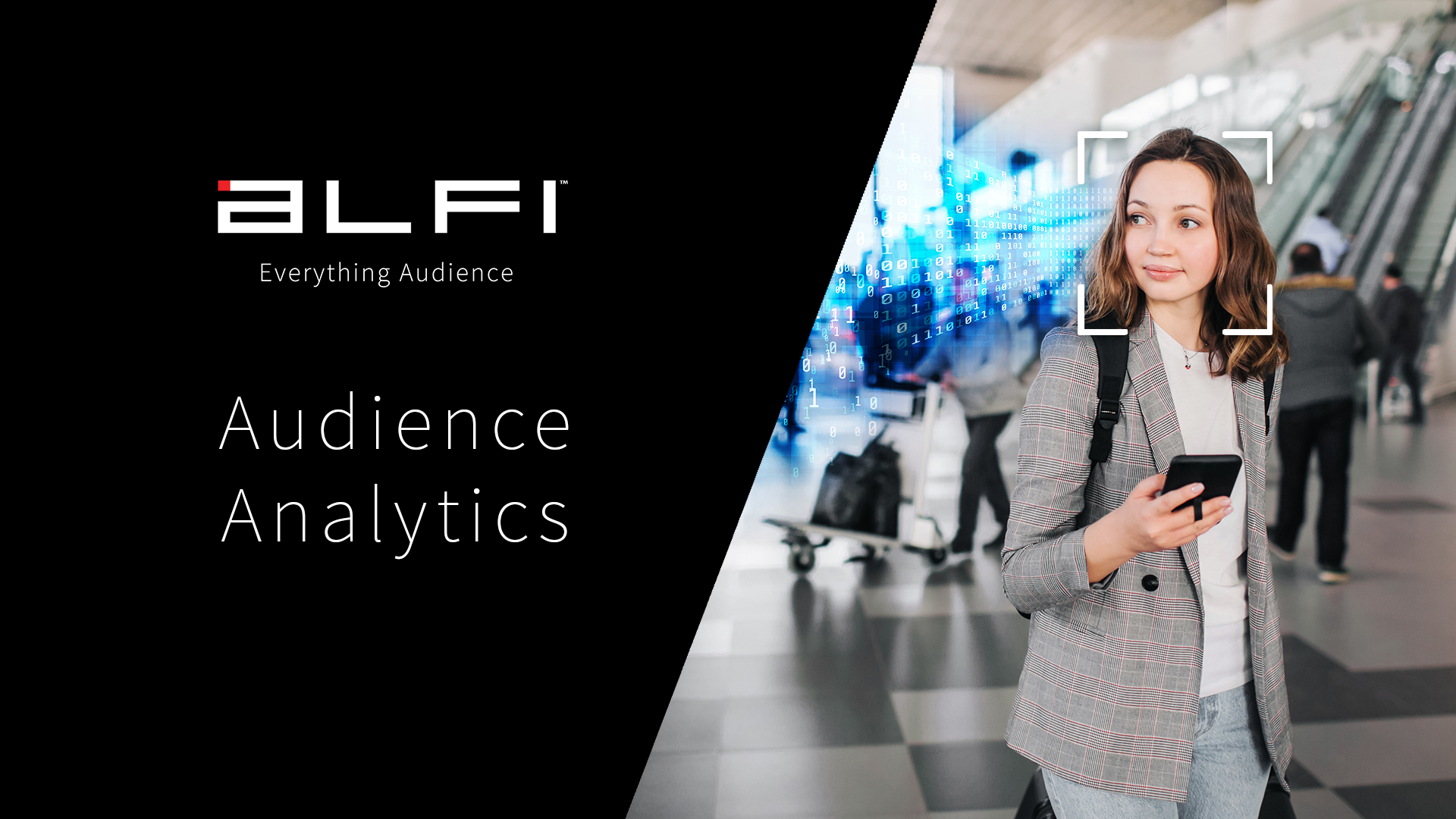As consumers become more and more aware of how their personal information is gathered and shared both on and offline, brands and marketing agencies have had to evolve to find better ways to collect consumer data for advertising and targeting.

With the rapid increase in mobile website browsing, Google, Safari, Firefox, and other major browsers have phased out third-party cookies and drastically changed the way they track users and handle information. They believe the current tech solutions fail to meet consumer expectations for privacy, aren’t sustainable, and don’t stand up to regulatory restrictions. With the increasing amount of content disseminated online, what is actually out there?
In order for companies, brands, and entities to get a better picture of customer demographics, behavior, and more valuable analytics, they access and analyze different kinds of data to determine better business and marketing decisions.
This includes first-party data, second-party data, and third-party data. What are the differences between these three? Let’s break down what each one is, how it’s acquired, and why each type of data is useful.
What is first-party data?
Any piece of data or personal information that is collected directly from a customer, whether online or offline, is considered first-party data. This is information gathered firsthand by a particular company, organization, or brand from its actual and existing audience including customers, website visitors, and social media users. It’s then used for retargeting purposes.
Offline first-party data can include account information like a user’s name and email address. Online data includes additional content generated by the company’s website analytics tools, like demographics, visited websites and interactions, purchase history, session duration, and more.
Where is first-party data collected?
This data can be easily collected in both online and offline environments. Offline methods would include having your customers fill out any information-gathering surveys, applications, and other processes your brand has implemented.
For online information gathering, brands can easily add a pixel to their website, social media platforms, or product pages to track customer behaviors and interactions with their content. This data is taken from user behavior sources across landing pages, apps, CRMs, social media profiles, subscription-based emails, customer feedback, user surveys, and other locations.
To truly understand how data works together and to get the most out of all collected first-party data, it must be combined and organized through an onboarding process.
What is first-party data onboarding?
The process of taking offline customer information and integrating it with all collected online content is known as first-party data onboarding.
For example, let’s say that your brand maintains offline records of names, phone numbers, email addresses, and other data or transactional information organized in an offline Customer Relationship Management (CRM) system.
Onboarding would be the process of taking that content and merging it with the data currently held within your online databases including powerful analytics, account info, and more. All of this is done via a convenient onboarding platform that implements an anonymization process – encryption would be one potential method – to remove any Personally Identifiable Information (PII) from the record, including the customer’s email, name, address, and date of birth.
Then, the platform streamlines content and ensures that offline and online data are matched with the help of identifiers, like a common email address. This information can then be used to understand the buyer persona, develop segmented lists, and produce more effective advertising.
This process translates all offline and online data into a cohesive analysis of customer behavior.
Why is first-party data so valuable?
First-party data is used to better address an organization’s audience via more enhanced retargeting with relevant ads strategically placed throughout the sales and nurturing process. This data helps companies understand what their ideal customer looks like in order to better address their content towards these users.
While third-party data may often get more buzz, first-party data is incredibly valuable and should not be overlooked. With the right application and analysis, businesses can gain an incredible amount of audience insight, allowing them to make better business decisions and more effectively target their advertising.
There are many benefits to first-party data. Here are a few:
- First-party data is free; plus, gaining users’ consent provides transparency and builds brand validation. Legally, companies have to set up consents to authorize obtaining consent for this data, so doing so not only ensures compliance with GDPR and CCPA; it also provides total transparency for customers. To explore more about AdTech and GDPR, check out this article.
- With more accurate intel on customer behavior, it’s easier to deliver personalized content to your users with relevant ads that drive customer loyalty. Know and understand your actual buyer persona, divide your segments more effectively, and analyze your website traffic.
- Gaining insight into customer behavior allows companies to make better business decisions that are informed by the products consumers buy, the links they click, and the sites they visit afterward.
- Another convenient option is taking your first-party data, segmenting it into convenient audience targets, and then monetizing and selling your segments through DSPs.
While first-party data is valuable, the added layer of second-party data can enhance targeting and advertising efforts that much more.
What is second-party data?

Any data collected secondhand – and not directly from an organization’s users firsthand – from another party or organization is considered second-party data. This transaction can occur between trusted businesses, organizations, and/or partners who have agreed to share audience insights in a mutually beneficial arrangement.
How is second-party data collected?
In order to be considered second-party data, the data must be obtained by someone else – qualifying it as secondhand. This often occurs within a partnership with another organization where there is a mutual exchange of data and beneficial pieces for both involved parties.
Another way to acquire second-hand data is to purchase the data outright, which is a riskier move in some ways; the information could turn out to be far less relevant to your business than first-hand data, for instance.
The main challenge to acquiring this data is that you are not always certain of the quality of second-party data. Careful selection and vetting of this information is necessary.
Second-party data is used for similar purposes as first-party data in that it plays a huge role in a brand’s advertising and targeting of a particular audience. However, while first-party data yields valuable insight into a business’s existing customers, second-party data allows brands to uncover new trends and consumer behavior beyond those original audience lists. It widens the playing field by including potential new customers.
What is third-party data?

When data is collected by a business or entity with no connections to the original visitor or customer from whom they’re collecting information, that is considered third-party data. This third-party data is gathered, aggregated, and then sold to companies that are seeking more effective advertising and retargeting strategies.
How is third-party data used?
While third-party information tends to be gathered from a much larger pool of respondents, this data is pulled from users who are not the brand’s actual customers. Additionally, this same content is also available to any competitors, so it’s important for brands to understand the role and value this data will hold before they jump into this decision.
External entities often collect third-party data from consumer surveys, interviews, and feedback forms in general information-gathering sessions. More participants are involved, which translates to more responses and helpful feedback. However, buying a ton of third-party data is not necessarily the answer. Is the information useful to your business? Have you vetted the content to make sure it will work with your current data?
When is third-party data valuable?
If used as a complement to your first-party data, then third-party data can be very useful. In most cases, this data should not replace your use of firsthand content.
First-party data provides valuable insights in that you can see real feedback and behavior from actual customers interacting with your existing products, so you can analyze it more accurately for consumer trends. While actual customers help you determine your target audience, third-party data can help you fill in any gaps in that data map, allowing you to enrich your own data.
Compare your first-party data findings and supplement them with third-party data to better target respondents once you have your buyer persona nailed down. Developing effective ad campaigns and marketing strategies can drive more profit with a cohesive, complete picture of your target audience.
As useful as first-party data is, third-party data gives companies the opportunity to find new customers around the world. Unlike the limitations and regulations that go along with acquiring first-party data, it’s easy to buy third-party data on DSPs, request the specific types of content needed, and even more without any additional work.
Plus, reviewing existing segments and taxonomies will give you ideas on how to create, build, and optimize your own audience segments and taxonomies.
Ultimately, first-party, second-party, and third-party data can all be very helpful tools when used properly, but the first step is determining the unique combination of content needed for your brand’s success. This will help you develop action steps that will ultimately increase your bottom line with better, more relevant targeting.
ALFI
Trying to find a happy mix of the right kind of data to increase your revenue? Discover a convenient location where you can access unique, valuable content with better targeting and advertising options.
Without the use of invasive technology or cookies, advertising platform ALFI can alternate ads depending on the person who is looking at the screen. For DOOH, that’s unheard of. ALFI can be installed on any device that has an internet connection and a camera, serving personalized content, along with ads, to any person looking at the screen.
With the inclusion of artificial intelligence in marketing, advertisers can use better targeting options for their digital out-of-home campaigns and get better results. Instead of showing their ads to millions of people, advertisers can now refine their targeting to reach the right person at the right time, improving ROI.
ALFI lets advertisers easily snag prime ad spots from prime publishers. Then, they can create campaigns that are shown to thousands of people every day in cabs, Ubers, hotels, restaurants, and much more. Want to know more? Drop us a line and our team will get in touch with you!




